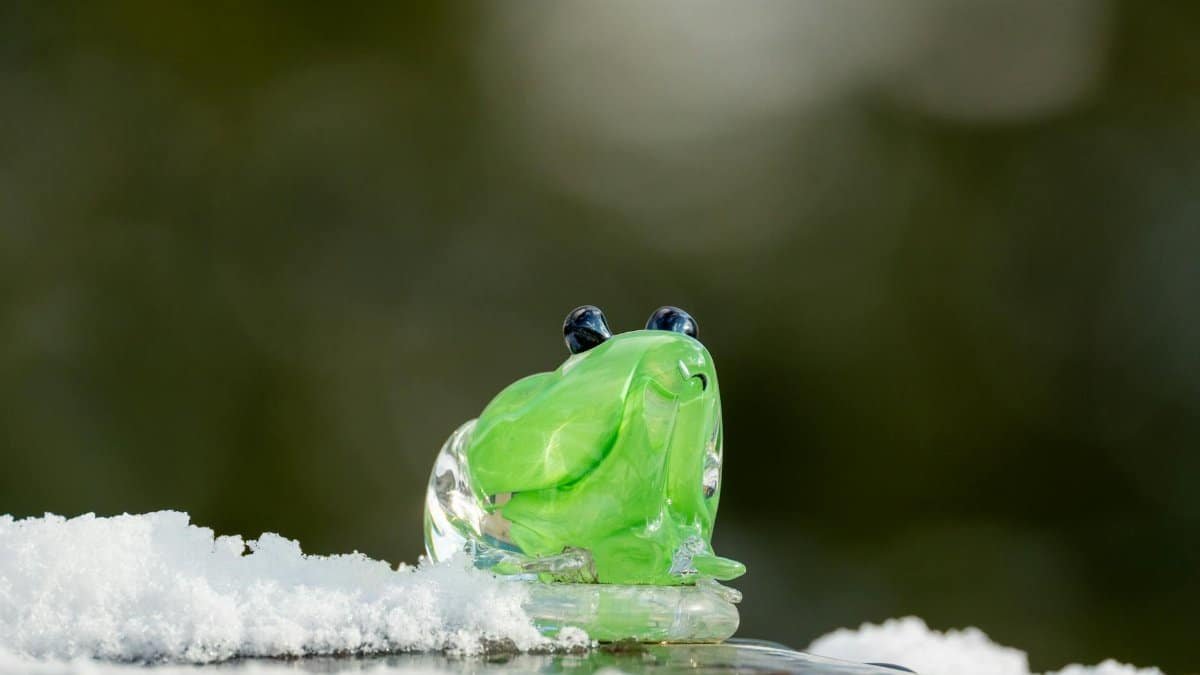Sunlight filtered through the frosted glass of a small wellness studio in Portland, Oregon, where a group of athletes gathered after a grueling training session. Their conversation buzzed with a shared curiosity: how could alternating between icy immersion and searing heat accelerate their recovery? At the heart of their discussion was contrast recovery cold plunge sauna—a practice gaining traction for its promise to soothe muscles, reduce inflammation, and boost resilience. For many, it’s a ritual that feels both ancient and cutting-edge, blending the raw shock of cold with the deep warmth of a sauna. As gyms, spas, and even home setups across the U.S. embrace this method in 2025, the science behind it is catching up to the hype. What drives this alternating therapy, and can it truly transform how we heal? Let’s unpack the evidence and the experience.
The Basics of Contrast Recovery

Contrast recovery, at its core, involves cycling between extreme cold and heat to stimulate the body’s natural healing processes. Think of it as a physiological reset. A typical session might start with a three-minute dip in a cold plunge tank, chilled to around 50°F, followed by a five-minute stint in a sauna heated to 180°F or more. This alternation—often repeated for 20 to 30 minutes—aims to shock the system in a controlled way. The cold constricts blood vessels, reducing swelling, while the heat dilates them, flushing out toxins and delivering oxygen-rich blood to tired tissues.
Historically, this concept isn’t new. Nordic cultures have long paired icy swims with steamy saunas. But today, it’s being refined with data. A 2018 study from the National Center for Biotechnology Information noted that contrast therapy could reduce muscle soreness by up to 20% in athletes. It’s not just for pros, though—weekend warriors and desk workers alike are turning to it for relief.
How Cold and Heat Work Together
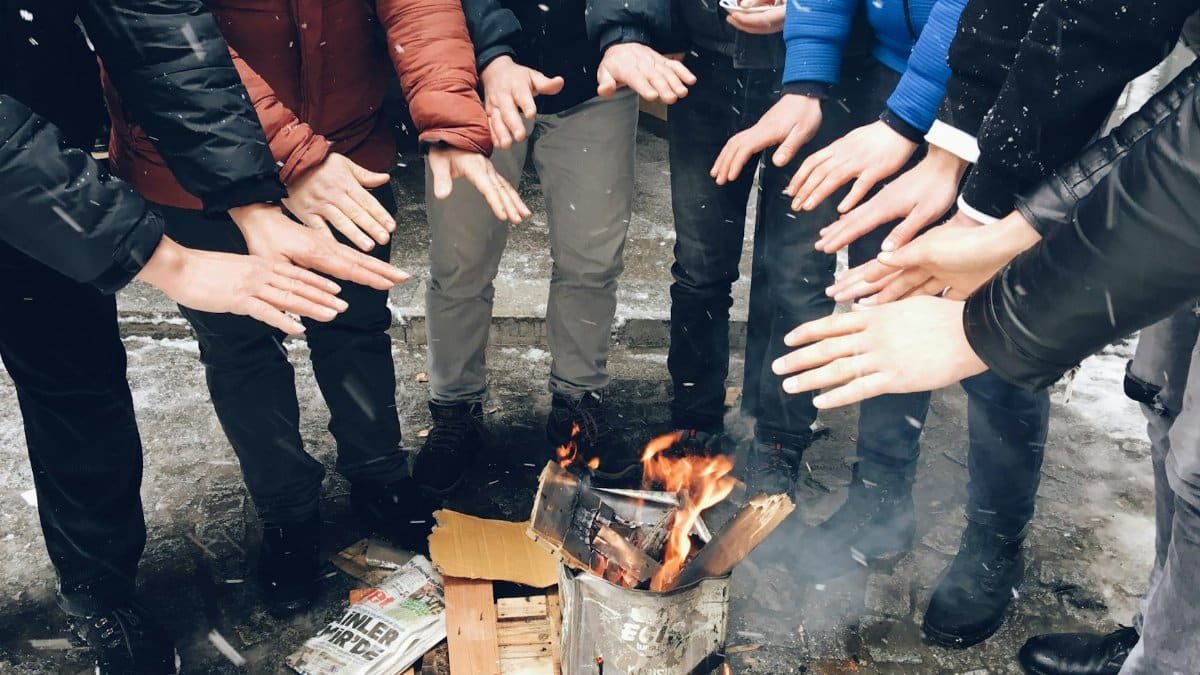
Why does this hot-cold dance seem to work? The science points to vascular response. When you submerge in a cold plunge, your body goes into a mild state of stress. Blood vessels narrow, slowing circulation to the extremities to protect core organs. It’s a primal survival tactic. Then, stepping into a sauna flips the script. Heat causes vasodilation, widening blood vessels and ramping up blood flow. This push-and-pull is believed to act like a pump, clearing metabolic waste from muscles faster than rest alone.
Research backs this up to a point. A 2020 review in the Journal of Strength and Conditioning Research found that contrast therapy improved recovery markers like perceived fatigue, though results varied by individual. The takeaway? It’s not a cure-all, but the interplay of temperatures offers a unique stimulus that passive recovery can’t match.
Timing the Cycle for Maximum Benefit

Getting contrast recovery cold plunge sauna right isn’t just about jumping from one extreme to another—it’s about timing. Experts generally suggest starting with cold to reduce immediate inflammation, especially after intense exercise. A common protocol is three minutes cold, followed by five minutes hot, repeated three to five times. Ending on cold is often recommended to lock in the anti-inflammatory effects, though some prefer finishing with heat for relaxation.
Duration matters too. Overdo the cold, and you risk numbness or discomfort; linger too long in the sauna, and dehydration becomes a concern. A 2019 study from the Frontiers in Physiology journal suggests keeping cold exposure under five minutes per round to avoid diminishing returns. Listening to your body remains key—there’s no universal formula.
Who Stands to Gain?
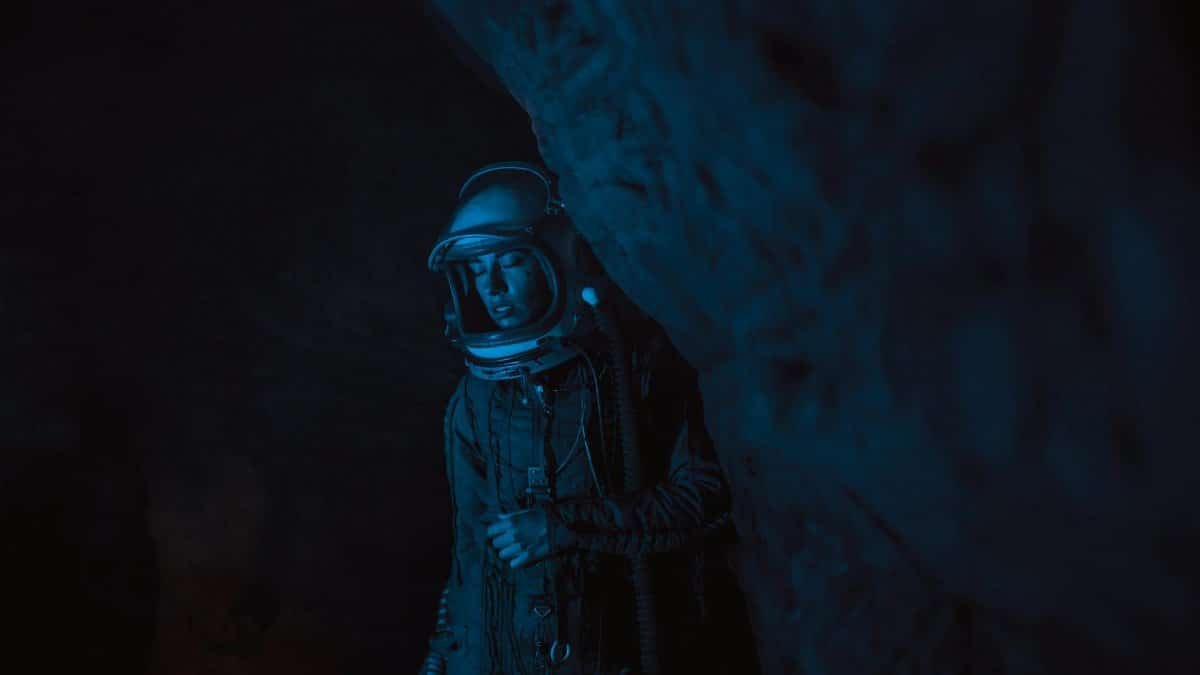
Not everyone needs contrast recovery, but certain groups might see outsized benefits. Athletes, for one, are drawn to it for post-workout recovery. A marathon runner in her 40s described the feeling after her first cycle as “like hitting refresh on my legs.” Her soreness faded faster than with ice packs alone. Beyond sports, people with chronic pain or stiffness—think office workers with tight shoulders—report relief from the therapy’s ability to loosen muscles and improve circulation.
Even mental health gets a boost. The shock of cold water can trigger a rush of endorphins, while the sauna’s warmth soothes stress. A 2021 report from the Mayo Clinic highlights heat therapy’s role in reducing cortisol levels. It’s a dual approach to calming both body and mind, though it’s not a substitute for medical treatment.
Potential Risks and Missteps
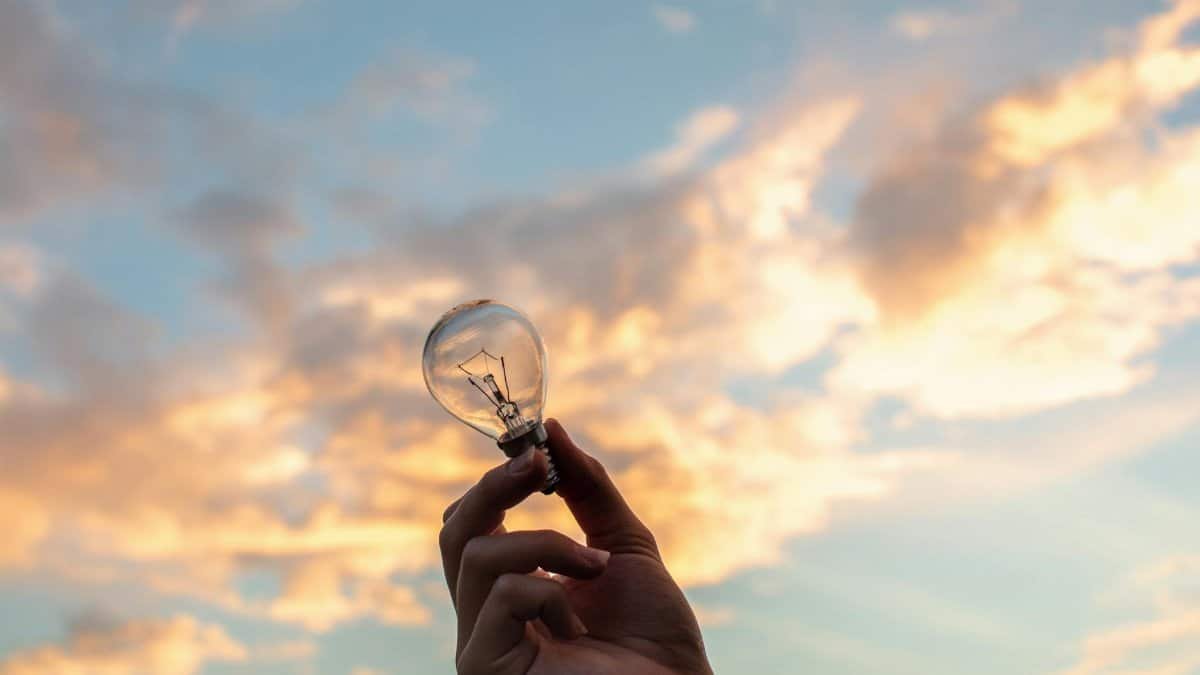
For all its promise, contrast recovery cold plunge sauna isn’t risk-free. The sudden temperature shifts can strain the cardiovascular system, especially for those with heart conditions or high blood pressure. Dizziness or fainting isn’t uncommon if you push too hard. Doctors often advise consulting a physician before starting, particularly for older adults or those with pre-existing health issues.
Then there’s the practical side. Public online discussions often reveal frustrations with access—high-end spas charge steep fees, and home setups require space and investment. One person shared anonymously that after splurging on a cold plunge tub, they struggled to maintain consistent temperatures without breaking the bank. It’s a reminder that while the concept is simple, execution can be complex. Start slow, and know your limits.
Integrating It Into Everyday Life
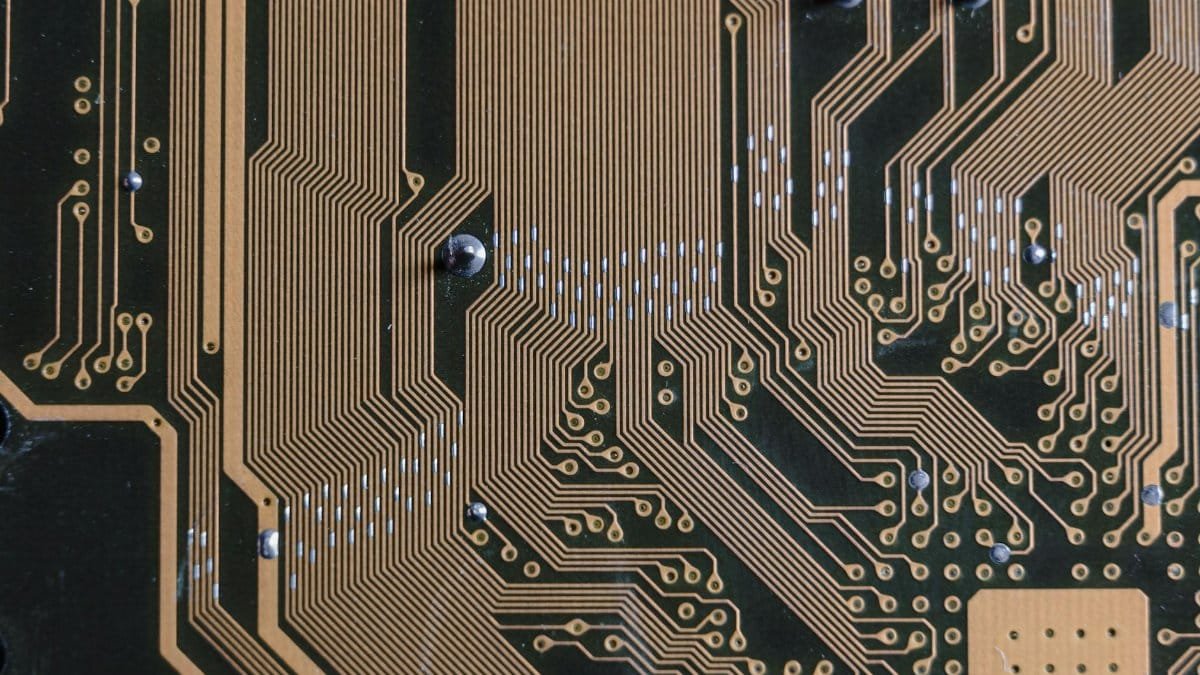
So, how does contrast recovery fit into a busy 2025 lifestyle? For many Americans, it’s about small adaptations. Some gyms now offer dedicated contrast therapy zones, making it easier to squeeze a session into a lunch break. Others are getting creative at home—pairing a hot shower with a quick ice bath in a tub filled with store-bought bags of ice. It’s not glamorous, but it gets the job done.
The real trick is consistency. Unlike a one-off massage, the benefits of contrast therapy build over time with regular use. Start with once or twice a week, tracking how your body responds. Pair it with hydration and proper nutrition, and it becomes less of a standalone fix and more of a holistic tool. The goal isn’t to overcomplicate recovery but to weave this practice into the rhythm of daily demands.
Cultural Shifts and Growing Appeal

Walk into a wellness center today, and you’re likely to hear chatter about contrast recovery cold plunge sauna. It’s not just a niche trend—it’s shaping how we think about self-care. Social media feeds are filled with influencers touting icy plunges followed by sauna selfies, while podcasts dissect the latest studies. In cities like Los Angeles and Chicago, boutique studios are popping up, catering to a middle-aged crowd eager to combat the wear and tear of life.
This isn’t just hype. It reflects a broader cultural pivot toward active recovery—moving beyond passive rest to intentional practices. Yet, there’s a tension. As the method gains popularity, so does the risk of oversimplification or misinformation. Not every viral video gets the science right. Digging into reputable sources and personal experimentation remains the best way to navigate this evolving space.
A Balanced Perspective on the Hype
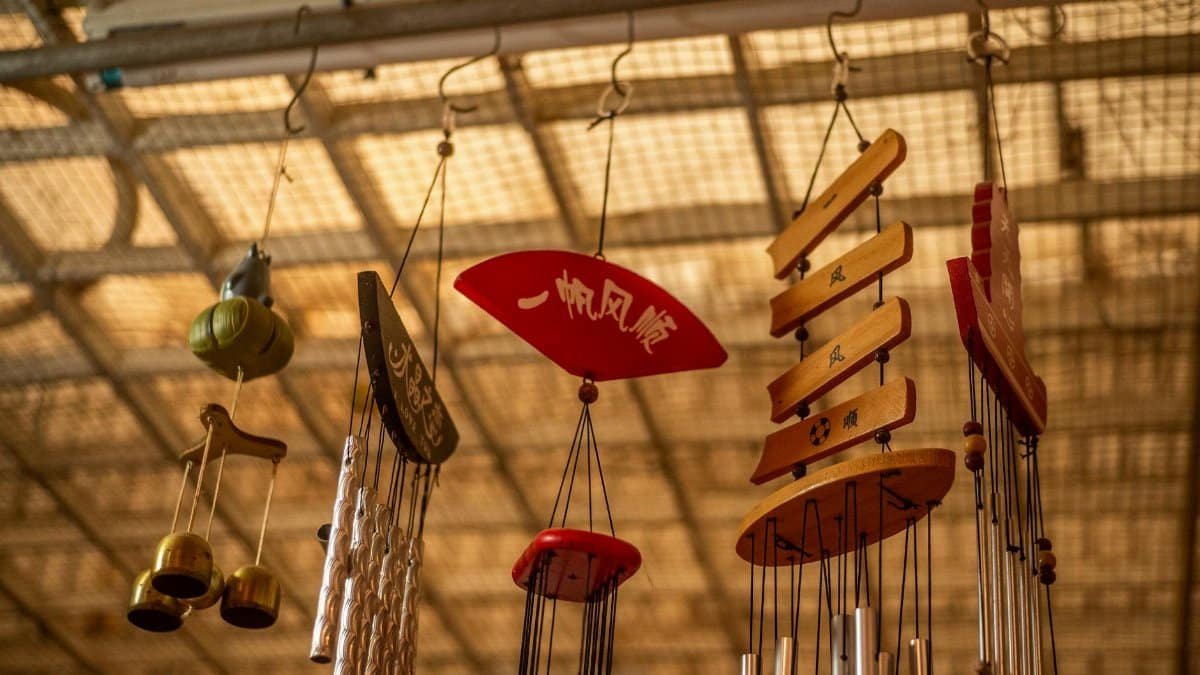
Contrast recovery cold plunge sauna holds real potential, but it’s not magic. The evidence suggests tangible benefits—less soreness, better circulation, a mental lift—but it’s not a silver bullet for every ache or stress. Some studies show mixed results on long-term impacts, and individual responses vary widely. What works for a 30-year-old CrossFit enthusiast might not suit a 50-year-old with joint issues.
Still, there’s something compelling about a practice that feels both primal and precise. It taps into the body’s innate ability to adapt, reminding us that recovery isn’t just about stopping—it’s about engaging. As more Americans test the waters (and the heat) in 2025, the conversation around contrast therapy will likely keep evolving. For now, it’s a tool worth considering, provided you approach it with curiosity and caution.
Natasha is the heart of our exploration into conscious connection. Applying principles from multiple counseling courses in her own life, she guides you to cultivate stronger, more joyful bonds.
Disclaimer
The content on this post is for informational purposes only. It is not intended as a substitute for professional health or financial advice. Always seek the guidance of a qualified professional with any questions you may have regarding your health or finances. All information is provided by FulfilledHumans.com (a brand of EgoEase LLC) and is not guaranteed to be complete, accurate, or reliable.
